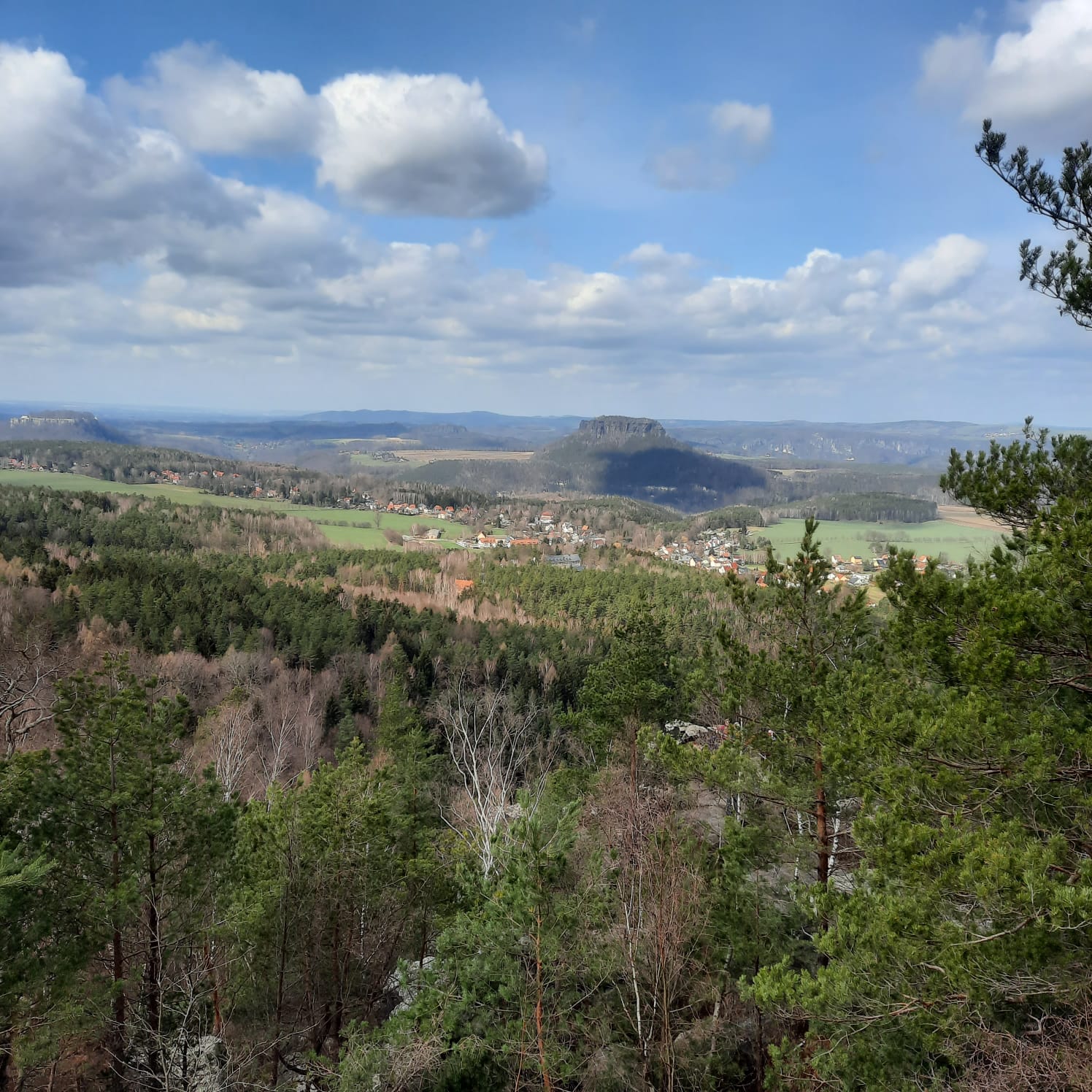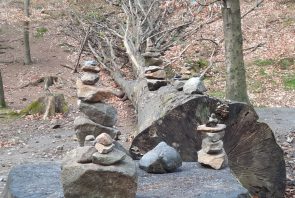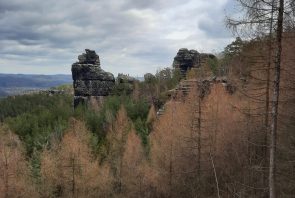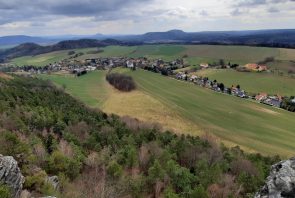Saxon Switzerland in the German state of Saxony has always captivated fine minds and nature lovers alike. In 1819, August von Goethe, the son of the poetic genius, expressed his enthusiasm about the rock cave called “Kuhstall” in the Elbe Sandstone Mountains. Even today, the idiosyncratic rock opening on the “Neuer Wildenstein” attracts thousands of tourists here every year. Anyone who has walked up to the second largest rock gate in the low mountain range – at an altitude of just over 300 metres – will be surprised with a fabulous panoramic view of the surrounding area. But that’s not all: a few steps away, the so-called iron “ladder to heaven” leads through a narrow crevice in the rock up to a Platteau: From which another impressive view opens up over the stony beauties of this region.
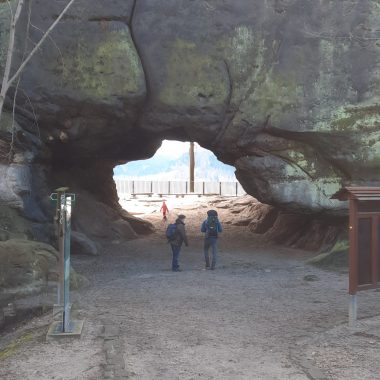
The way back is on a path through the forest that is particularly suitable for families. This hike is undemanding, but especially beautiful. Once back down, the corridor leads back to your own car, which can be parked up here in a parking lot. If you want to put the icing on the cake of the day trip, you can instead make the short journey back to Bad Schandau on the “Kirnitzsch Valley Railway”, which has been in service since 1898.
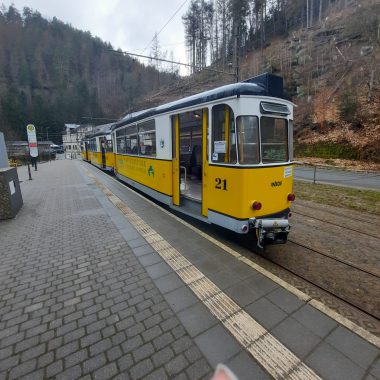
This historic, bright yellow overland railway connects the spa gardens of Bad Schandau with the Lichtenhain waterfall, which is also always worth a photo. After the train driver has briefly waited the “old lady” with her three wagons, the train with the Friends of Nature on board reliably starts moving. The path seems to be the goal, because things don’t move too fast here. Bad Schandau is extremely proud of the stylish attraction on rails, with the small town shining with a whole range of other tourist pluses. For example, the recognized Kneipp health resort, which was simply called “Schandau” until 1920, also offers the “Historic Passenger Elevator”. The Art Nouveau building takes visitors to a platform at a height of a good 50 metres, from which they can enjoy a picturesque view of the “Lilienstein”, the symbol of the “Saxon Switzerland National Park”. Young people and children in particular are happy about another animal attraction up here on the “Ostrava Disc”: a lynx enclosure with elegant inhabitants. Wild lynxes would be more than welcome in the Elbe region, so far the shy wildcat has already left one or two tracks in the forest.
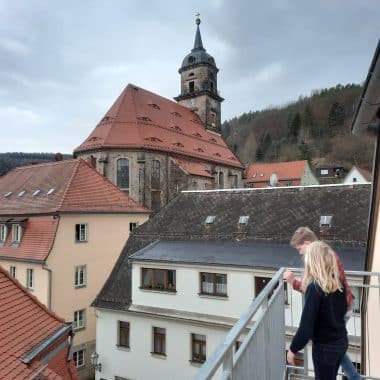
If you still have some time for a tour on the next day of your holiday, you can, for example, go on a hike to the Papststein, Gohrisch and Kleinhennersdorfer Stein. The way up can also be followed quite effortlessly here, and younger elementary school kids should also enjoy the adventurously winding paths. Occasional fireplaces and highly rugged, wildly romantic boulders and formations offer an unforgettable experience for the whole family! Even sprightly pensioners are by no means overwhelmed here, as long as they are generally good on their feet. The three friendly table mountains mentioned can be walked in loose succession, and there may be a little chat with other excursionists along the way. Fortunately, you don’t have to hurry here – even in the sunset, the peaks always provide new and magical impressions. Alternatively, the hike from Cunnersdorf to the Katzstein, Rotstein and Spitzer Stein could be mentioned. Or a trip to the rock labyrinth Langenhennersdorf, a popular classic for all those who are traveling with children.
If you still can’t get enough of the attractions of Saxon Switzerland, you may want to venture deep into the bowels of the earth in Berggießhübel. In front of the entrance gate of the Marie Louise Stollen, mine guide Norbert is already waiting for the guests in full gear. After a hearty “Good luck!”, the nice Saxon hands out a work helmet or a safety helmet to the waiting people. Then we bravely enter the narrow maw behind the entrance grille. For centuries, miners carved the rock here under adventurous conditions in order to finally wrest the coveted iron and copper from it. An underground lake, mysteriously illuminated from below, awaits visitors in the tunnel.
“Watch out, it’s over a small bridge!” shouts Norbert, who is particularly concerned about the well-being of everyone. Sturdy shoes are essential here, occasionally a trickle crosses the path. And then a real surprise: Norbert sings the famous Steigerlied to the tourists in the middle of the rock, whose roots go back to the 16th century. He performs the melody simply and modestly, with a full, pleasant voice. A reverent moment, then the local expert finally leads the participants back into the daylight – which is now perceived all the more gratefully. From Gottleuba, it takes about 20 minutes from the region’s only visitor mine back to Königstein. Where the Elbe ferry will once again cause joyful excitement among young and old. The navigable vessel calmly starts moving; without haste it goes dignified across the Elbe.
Saxon Switzerland is guaranteed to be remembered for a long time with its natural beauty. And it also offers a wide range of other exciting highlights that make a stay here simply unforgettable. For us it is clear that we will soon make a detour to this part of Saxony and Germany again. To an area that was still mainly shaped by Mother Nature: picturesque, varied and simply beautiful.


